Wollemi Pine’s Fruitful Revival: A Triumph in an English Garden
In a quiet corner of the Malvern Hills, England, a 200-million-year-old relic from the dinosaur age has borne fruit for the first time, thanks to the unwavering dedication of retired couple Pamela and Alistair Thompson. Planted in 2010 as a modest 18-inch sapling at the foot of the hills, their Wollemi pine (Wollemia nobilis) has grown to over 13 feet tall, astonishing 75-year-old Pamela this spring with its first fruit. Once thought extinct since the time of the T-Rex, this ancient conifer was dramatically rediscovered in 1994 in a hidden gorge near Sydney, Australia, within Wollemi National Park. Now, with both male and female cones producing distinctive spiky fruit, the Thompsons hope to collect and germinate seeds, potentially aiding the propagation of this critically endangered species. As of 10:12 PM MDT on July 11, 2025, this garden-grown survivor stands as a beacon of hope for preserving one of Earth’s rarest and most ancient living trees.
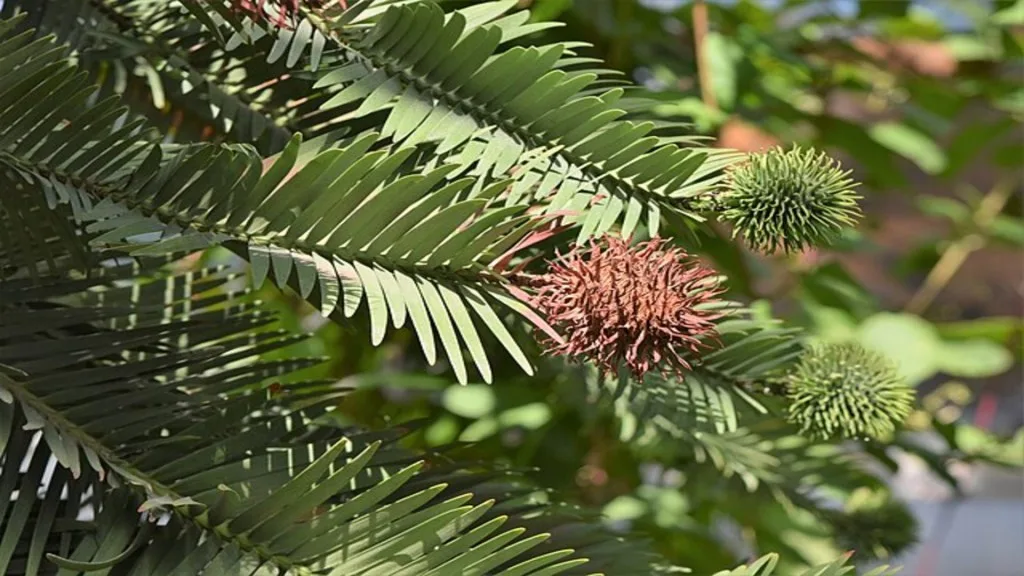
Historical and Botanical Context
The Wollemi pine, a member of the Araucariaceae family, traces its lineage to the Jurassic period, with fossil evidence suggesting its presence over 200 million years ago. Presumed extinct for nearly 2 million years, its rediscovery by park ranger David Noble in 1994 stunned the botanical world, revealing fewer than 100 wild trees in a remote canyon. Classified as critically endangered by the IUCN, the species faces threats from wildfires, pathogens, and its tiny wild population—estimated at 46 mature trees and 43 juveniles. The Thompsons’ tree, part of a global conservation effort begun in 2005 with cloned saplings distributed worldwide, marks a significant milestone in its ex situ survival strategy.
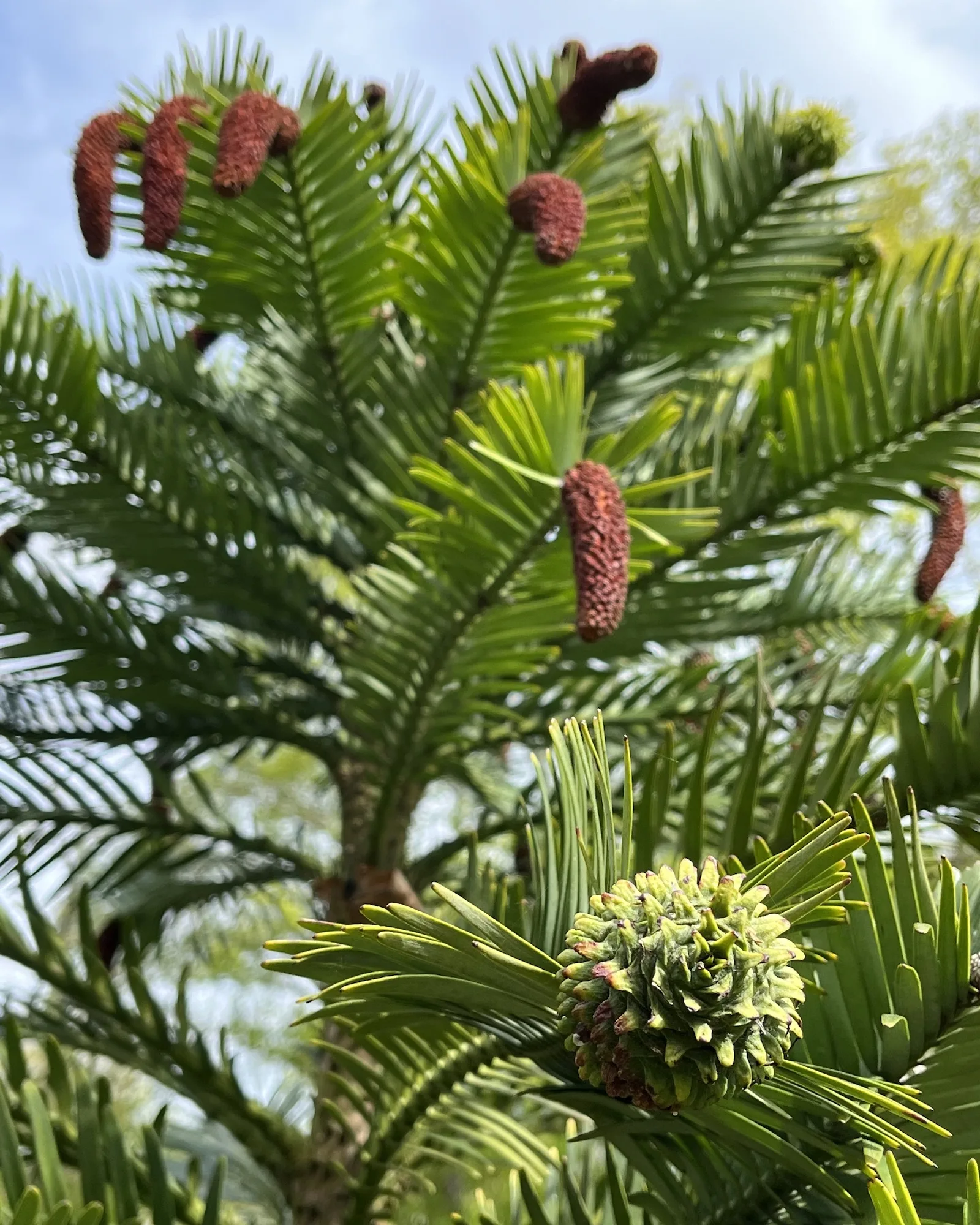
The Garden Miracle
Purchased for £70 ($93 USD) at a charity auction, the sapling thrived under the couple’s care in Worcestershire, adapting to the region’s climate despite its native subtropical origins. This spring, Pamela discovered the tree bearing both male and female cones—a rare simultaneous occurrence essential for natural reproduction. The female cones, spiky and maturing over 18–20 months, hold the promise of seeds, a development previously unseen in cultivated specimens. The tree’s resilience, tolerating temperatures as low as -12°C (10°F), underscores its adaptability, though its success hinges on specific conditions like well-drained soil and filtered light.
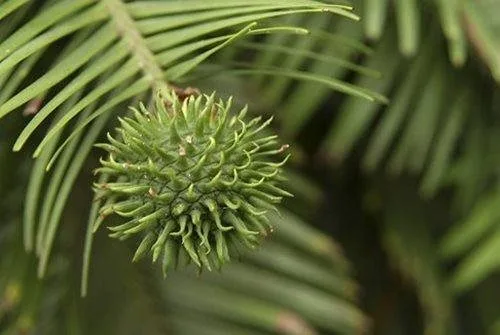
Cultural and Conservation Significance
This event highlights the power of private conservation, with the Thompsons joining a global network of gardeners and botanic gardens safeguarding Wollemia nobilis. The tree’s “living fossil” status, with its knobbly bark resembling Coco Pops cereal and multiple trunks from coppicing, connects us to a prehistoric past. Their plan to share viable seeds with botanical gardens could bolster genetic diversity, countering the wild population’s low variability and risks from diseases like Phytophthora cinnamomi. The milestone challenges the narrative of its fragility, suggesting cultivated trees might play a larger role in its survival than previously assumed.
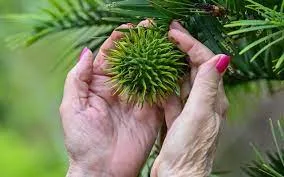
Skepticism lingers—some question whether the 200-million-year claim overstates its direct lineage, with genetic evidence pointing to a divergence as recent as 18–76 million years ago. Still, its ancient roots and rarity fuel its allure.
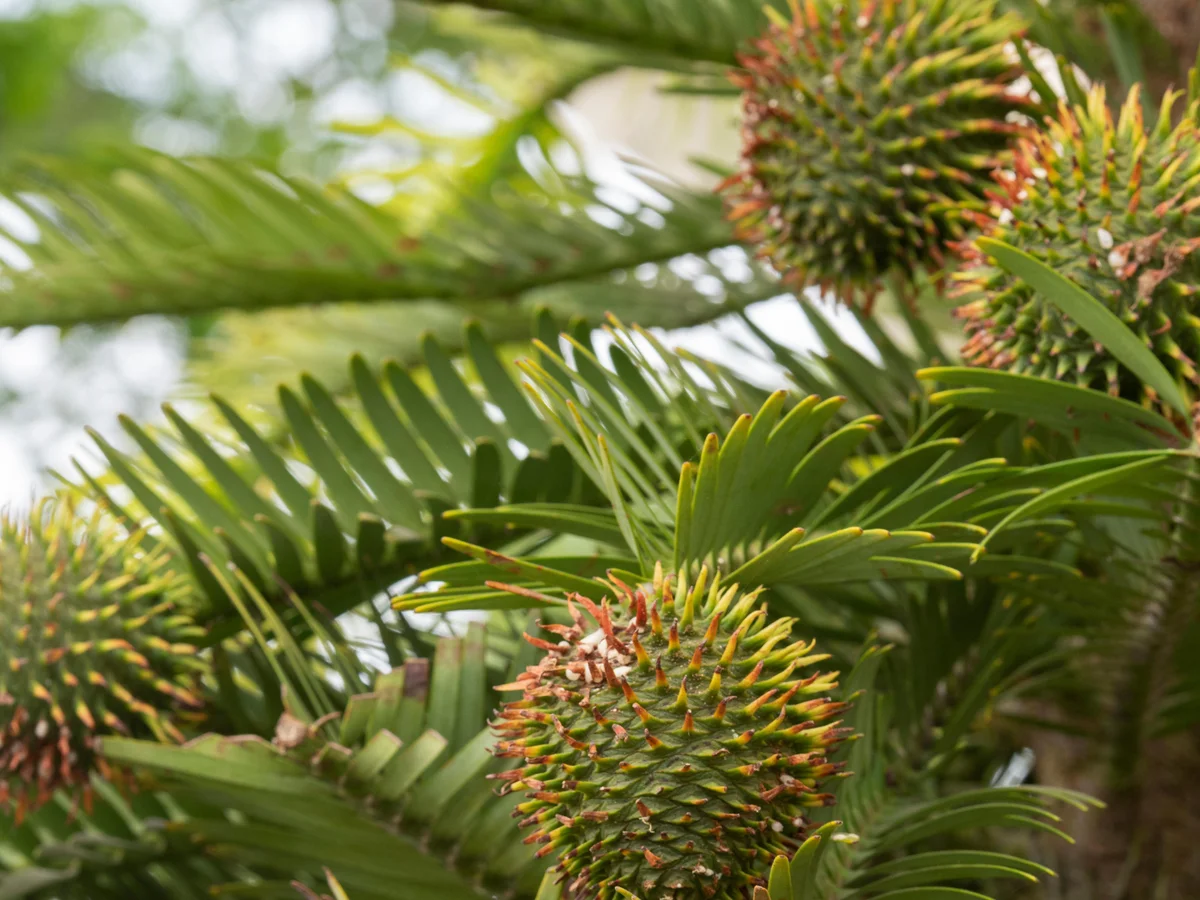
Preservation and Future Prospects

The Thompsons’ garden, opened to the public on May 4, 2025, via the National Garden Scheme, offers a rare glimpse of this botanical marvel, though security concerns arise with public access. Conservation efforts, including irrigation systems that saved wild trees during the 2019–2020 bushfires, complement such initiatives. Future steps involve seed germination trials, with success potentially expanding global plantings. Research into its genome, one of the largest at 12 Gb, may unlock secrets to its longevity, ensuring this “dinosaur tree” thrives beyond its native gorge.





